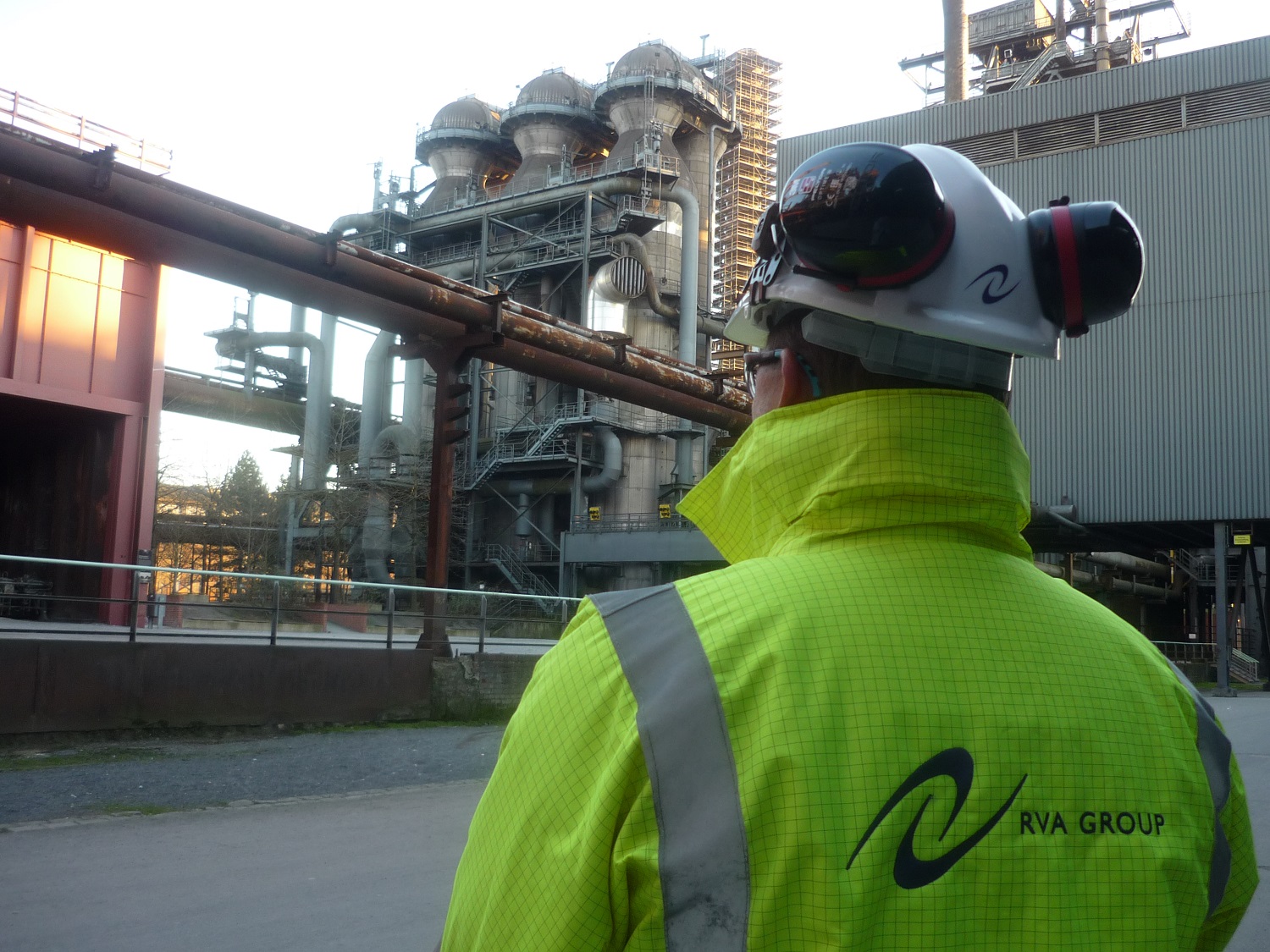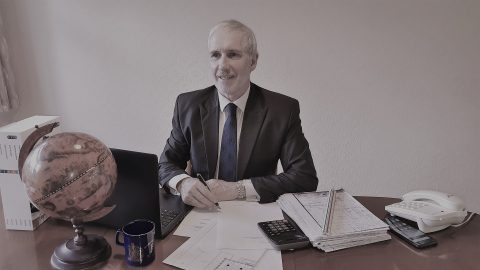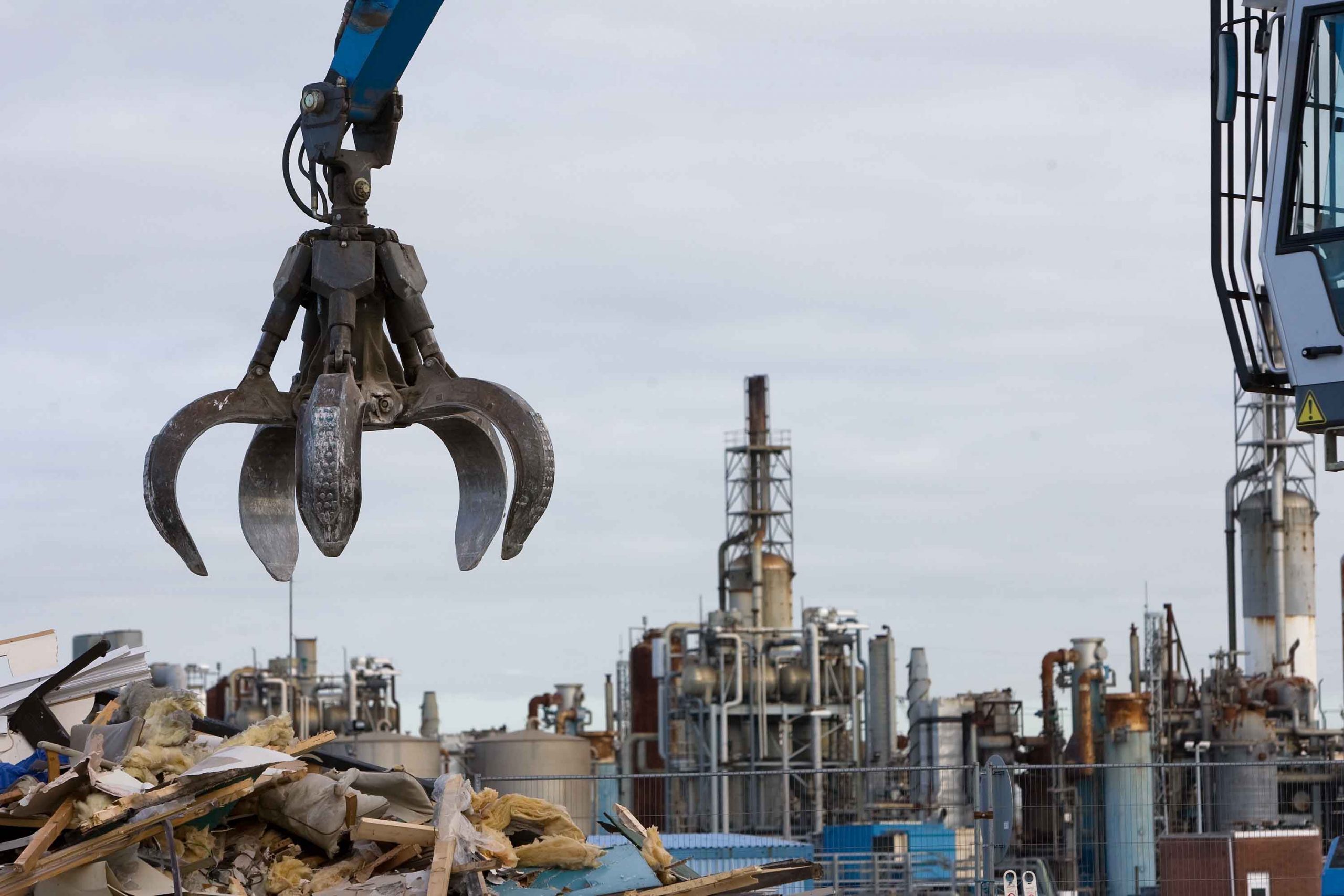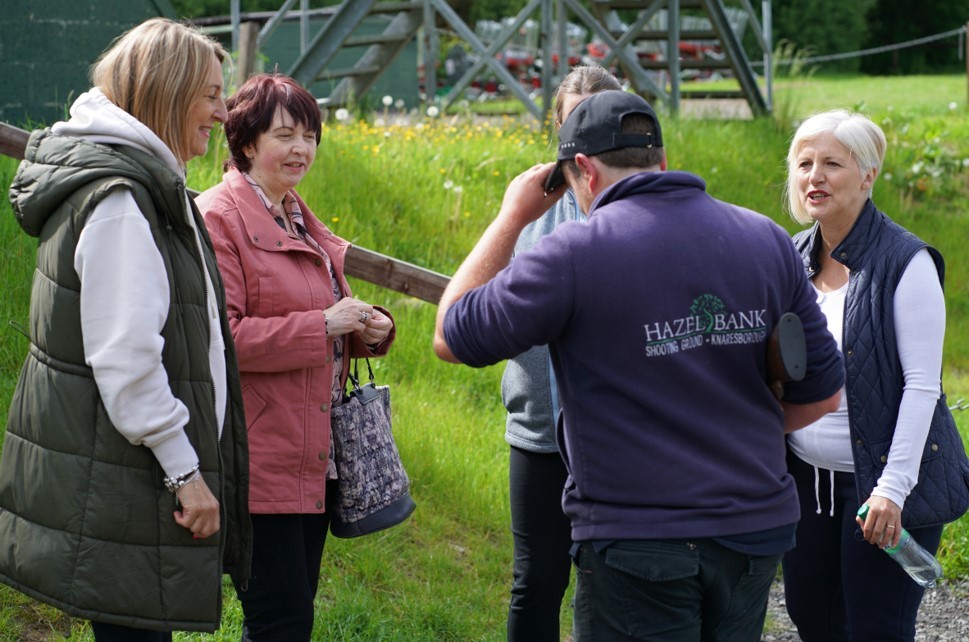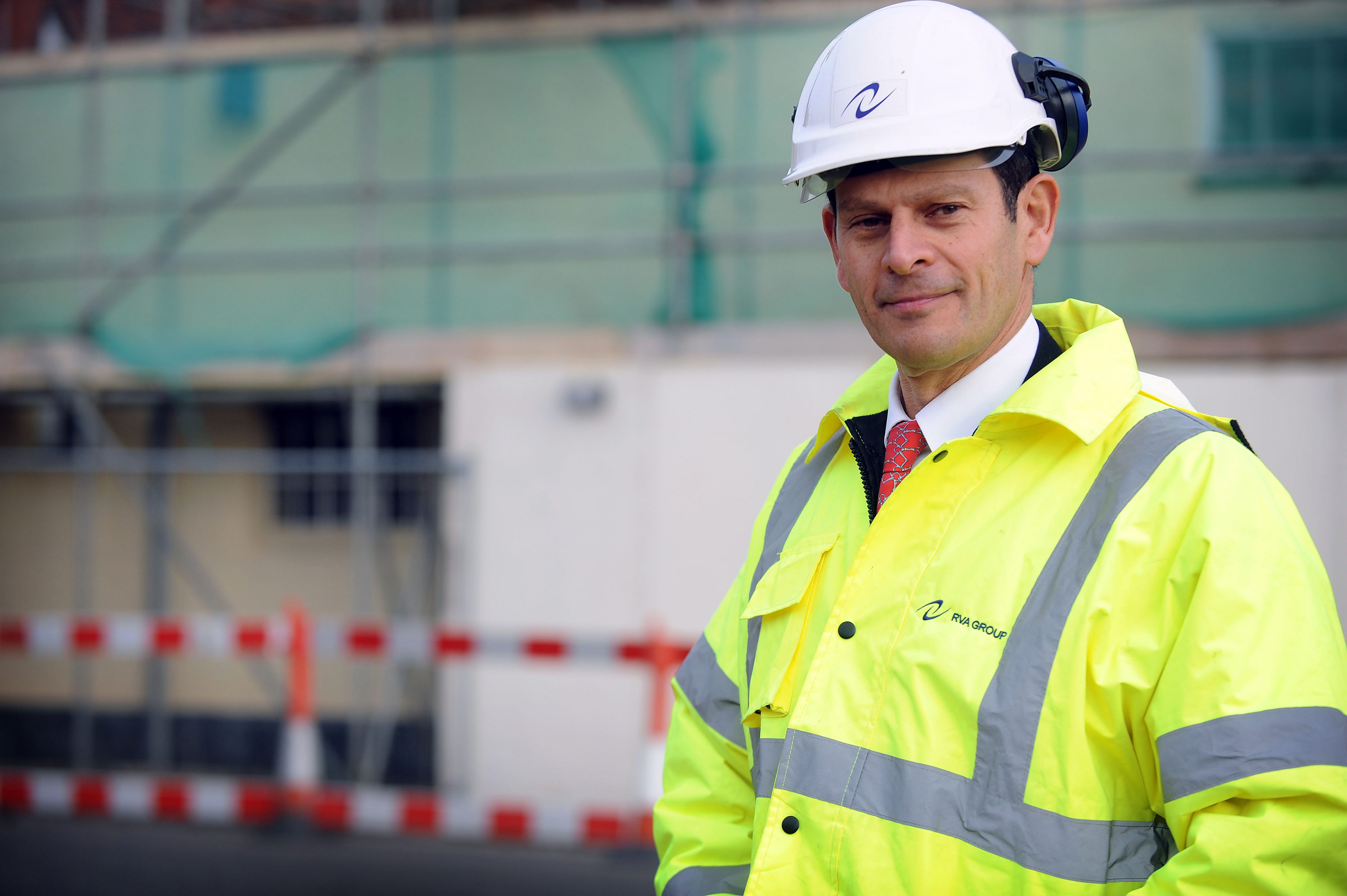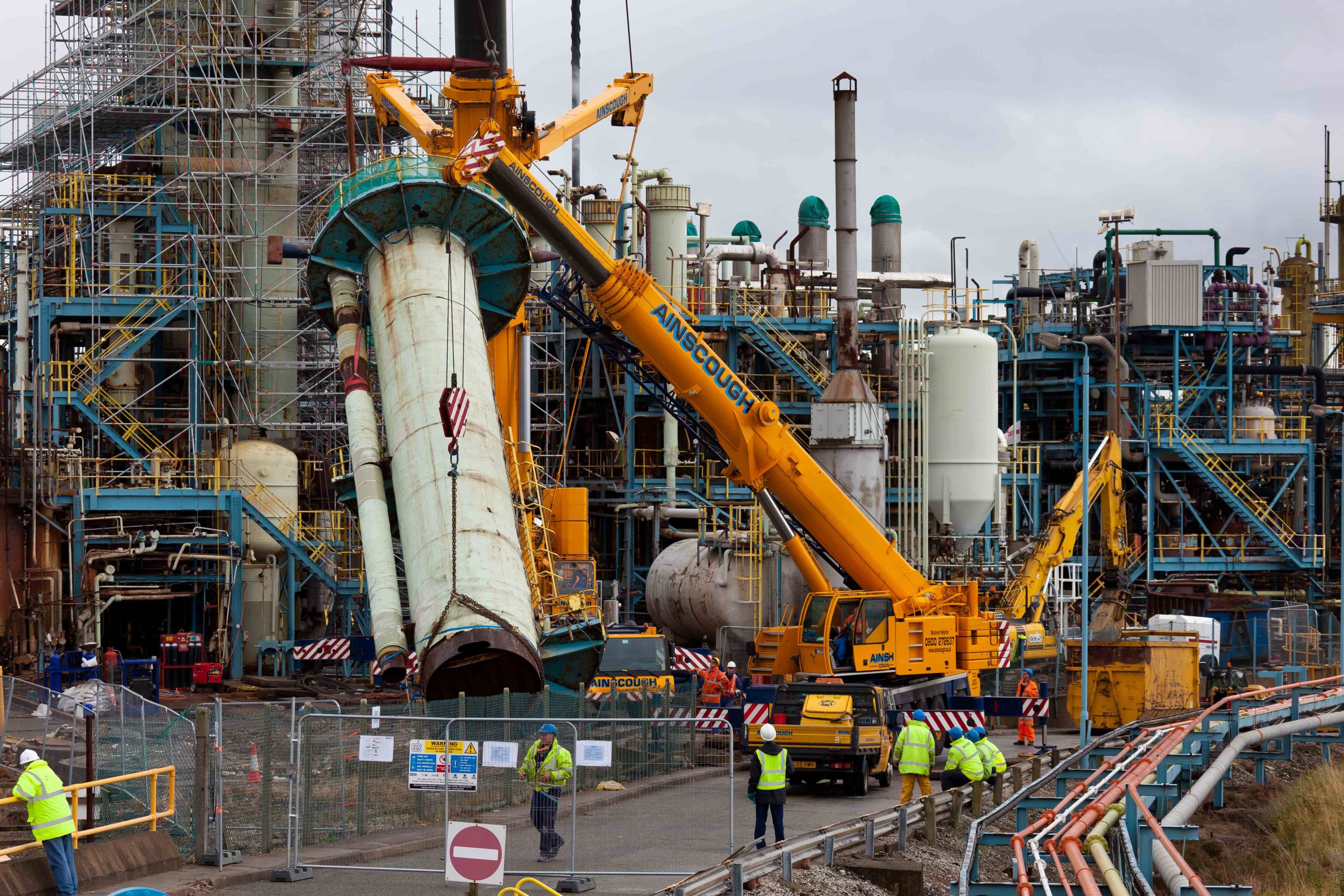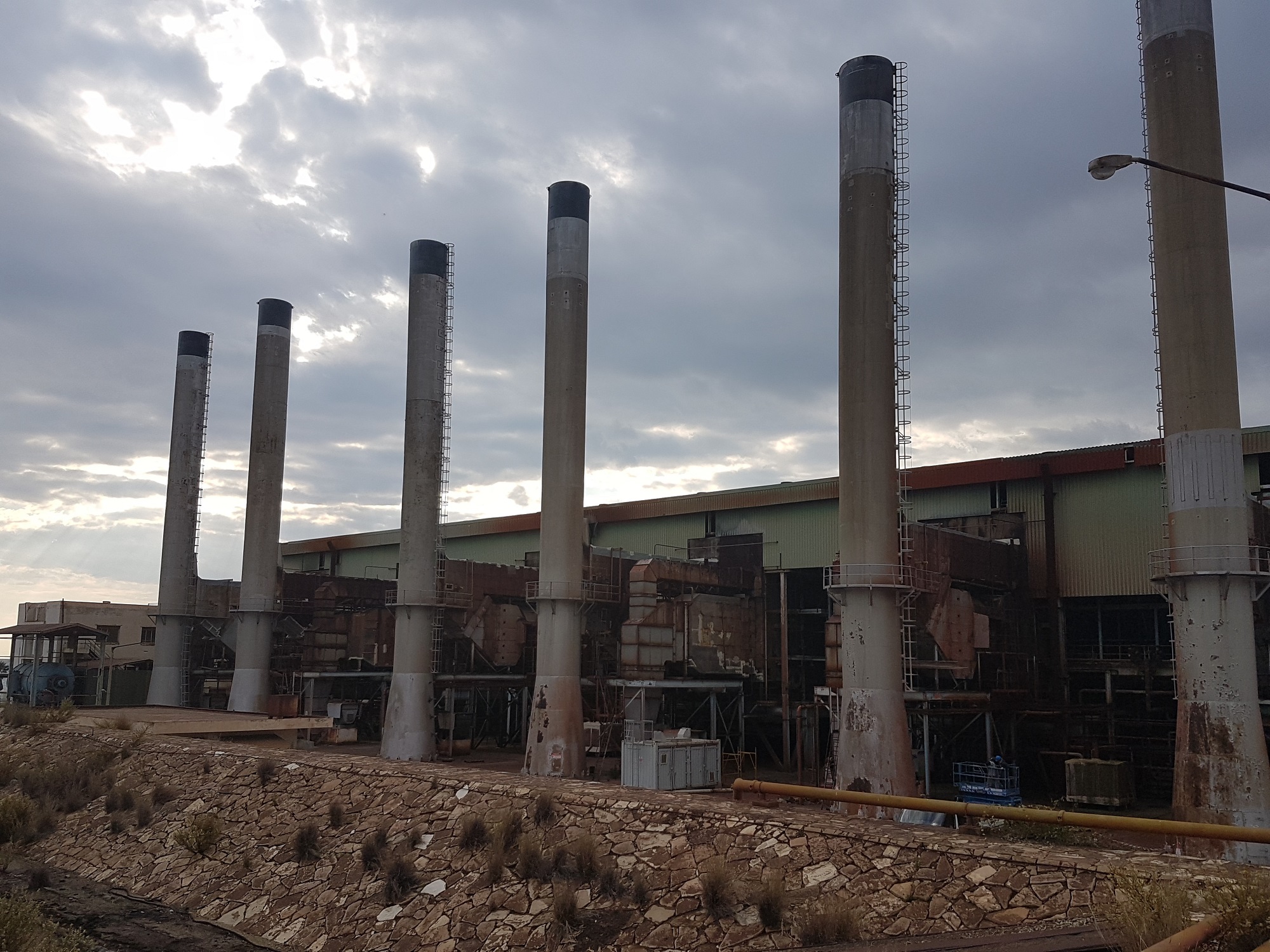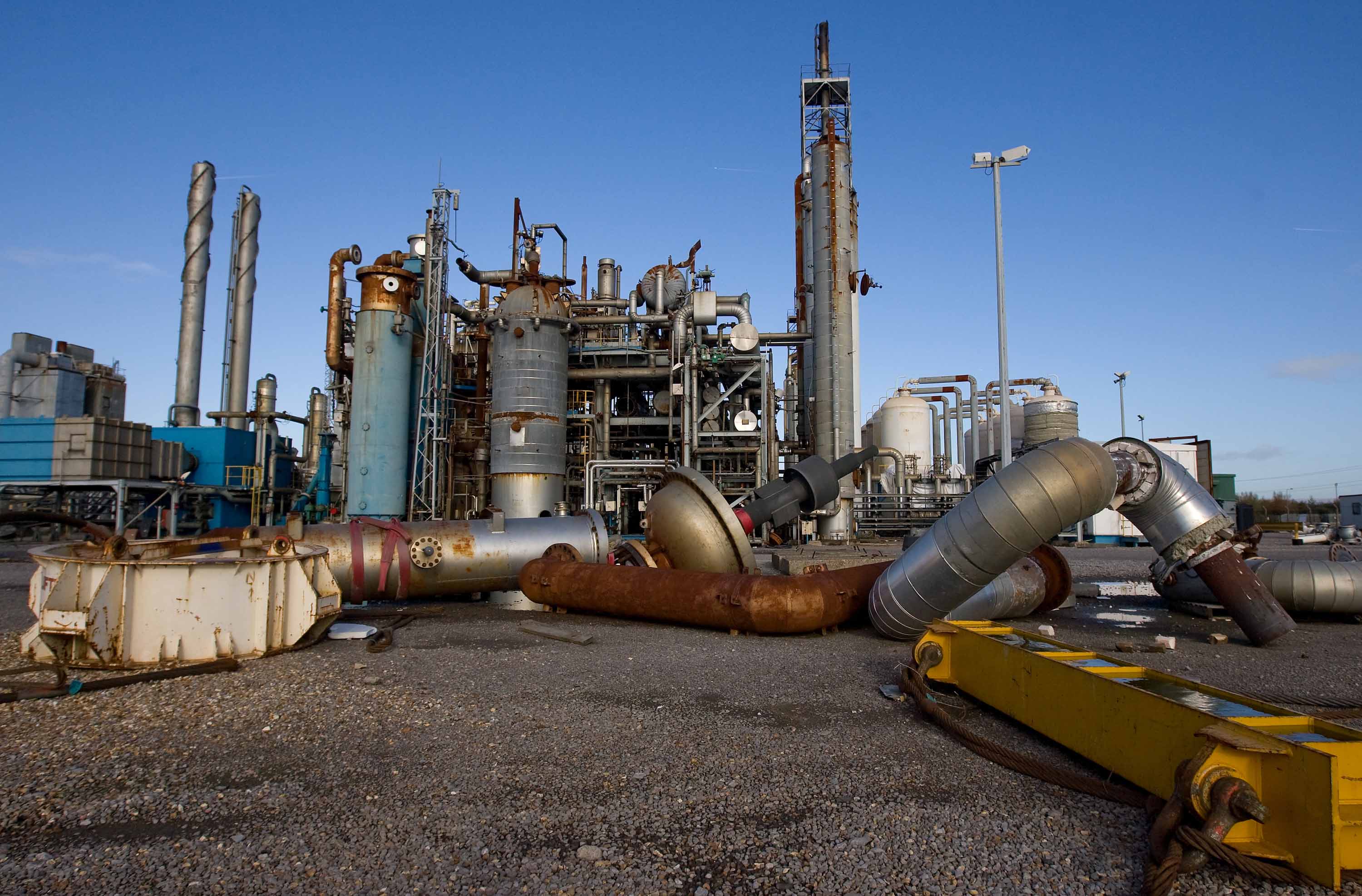Recruitment is underway at RVA Group, as the search has commenced for graduate engineers to join the expanding team of decommissioning experts.
With a considered three-year training plan in place, this is a fantastic opportunity to add fresh talent into the business, with a view to the successful candidates taking on the role of project engineers at the end of this period.
The first position will be based in the Northwest of England for at least the first six months, and there will be significant scope for travel throughout the UK and overseas, thereafter.
Commenting on the job search, RVA’s managing director Richard Vann said: “We have long been vocal advocates of the need to nurture up-and-coming engineering talent in our admittedly complex sector. Now is the perfect time to further strengthen our team with this hire, as demand for our decommissioning, decontamination, dismantling and demolition expertise once again rises. I look forward to watching this recruitment process unfold.”
Role information
Title: Graduate engineer
Summary: RVA Group is searching for a self-motivated graduate engineer, to support the company’s decommissioning, dismantling and demolition projects, in high hazard, high consequence sectors such as oil and gas, petrochemical, pharmaceutical and power generation. This position will suit someone who can work individually or as part of a team, and is flexible for international travel.
Location: Initially based in the Northwest, there may be scope for UK-wide and overseas travel thereafter. Location will depend on RVA’s projects.
Education: Degree-level education in civil, structural or mechanical engineering. No industry experience is necessary as a three-year development programme will be offered, with full training.
Programme outcome: The role of project engineer.
Responsibilities
- Work with and assist other RVA Project Managers and Project Engineers in the execution of their duties.
- Fulltime resident attendance on individual Client’s sites and/or visit sites and Client’s offices, as required. Sites and projects are worldwide.
- Support the monitoring and management all safety and operational aspects of projects under the control of RVA.
- Be responsible with others for the efficient use of RVA resources.
- Identify any potential areas of non-compliance or problem and bring them to the attention of the RVA project team.
- Interrogate clients’ technical drawings, specifications and other information to identify relevant information for inclusion in RVA scopes and specifications.
- Develop scopes and specifications for decommissioning, dismantling, demolition and hazardous material removal.
- Develop design briefs and design risk assessments.
- Review and comment on contractors’ proposals and methods for works.
- Compile appropriate documentation and information as required to ensure projects are accurately and properly tendered or secured.
- Attend virtually or physically training events and courses as reasonably required by RVA.
Achievement targets
- Achieve RVA EHS goals and targets as defined in RVA systems and procedures.
- No prohibition or improvement notices on RVA contracts.
- Production of acceptable deliverables to programme and cost.
- Achievement of Key Performance Indicators as set from time to time.
- Production of reports as required to the required timescale.
- Receipt of client satisfaction reports/references.
Benefits:
- A competitive salary
- 25 days’ annual leave
- Company contribution pension scheme
- Bonus scheme related to personal and company performance
- Relocation package, if necessary.
When working away from the Northwest, a living away from home allowance will be provided, and the cost of relocation, travel and accommodation will also be covered.
Application process:
Candidates should send a cover letter and CV to matthew.waller@rvagroup.org. Initial interviews will be conducted via Microsoft Teams, with face-to-face interviews for candidates who progress to the second stage of the process.
Closing date: 9 September 2022









